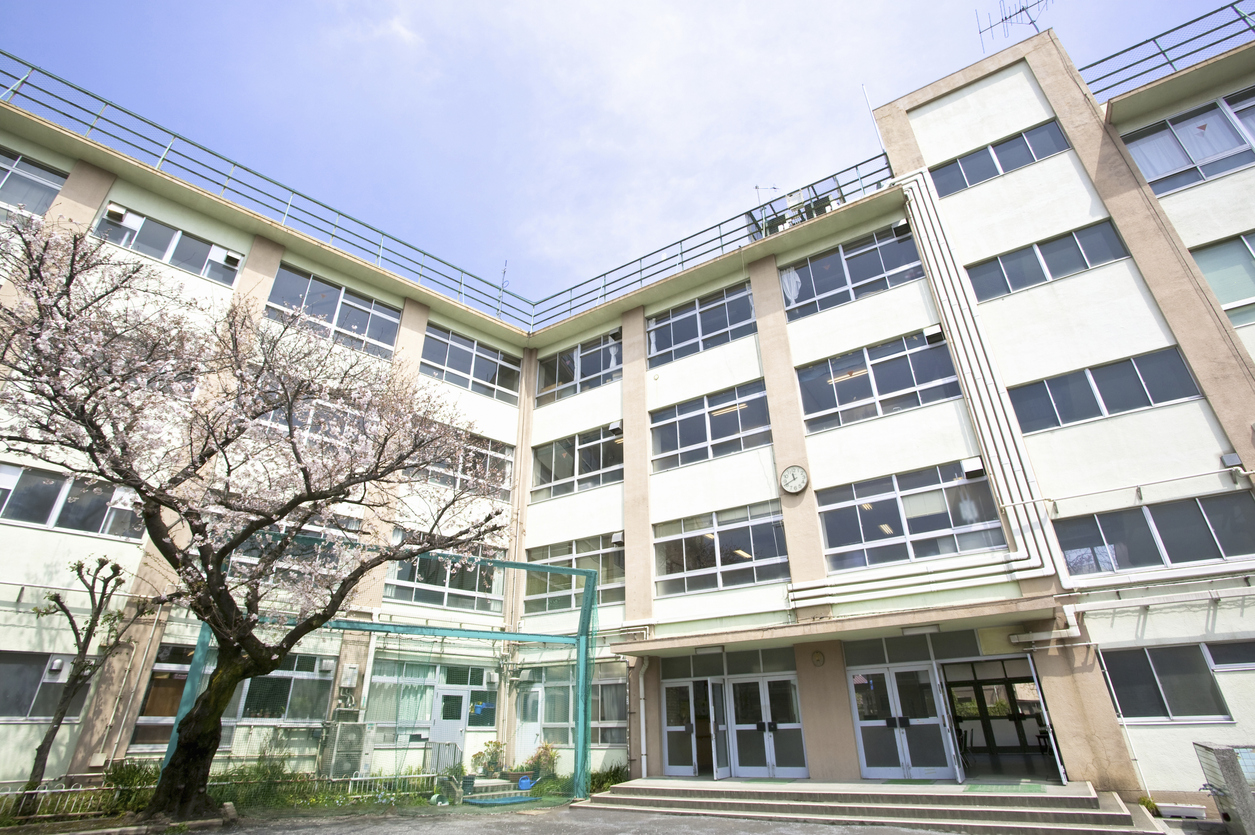2025/03/21
The Future of Public Education Left Behind in Politics: High School Tuition Subsidization

On February 25, Japan’s ruling coalition, consisting of the Liberal Democratic Party and Komeito, along with the Japan Innovation Party (Nippon Ishin no Kai), reached an agreement to implement a policy for High School Tuition Subsidization. As a result, the fiscal 2025 budget proposal will be revised and is expected to pass. The tuition support system for high school education, including technical colleges, was introduced under the Democratic Party of Japan administration in 2010. Currently, households with an annual income below 9.1 million yen receive a subsidy of 118,800 yen per year, regardless of whether the student attends a public or private high school. Households earning below 5.9 million yen and sending their children to private schools receive up to 396,000 yen annually. Additionally, local governments such as Tokyo and Osaka offer their own supplemental support programs.
The key measures in the agreement among the three parties include removing the income cap for the ¥118,800 subsidy from 2025 and removing the income limit for private high schools from 2026, while increasing the maximum subsidy to ¥457,000. This will provide significant benefits for families with high school students or those who will have them in the future. Expanding social investment in education is widely accepted, and the principle of equal educational opportunities needs no justification. However, this High School Tuition Subsidization initiative alone does not resolve the fundamental issues in education.
Prime Minister Ishiba emphasized his intent to eliminate disparities in education based on household income. However, increasing subsidies for private schools raises concerns about unintended consequences, such as facilitating tuition hikes by private institutions. Household education expenses are not limited to high school tuition alone; supplementary costs, such as those for cram schools and preparatory courses, are also substantial. The result may be an accelerated exodus of high-income families from public schools and an intensification of early-age competition for entrance into prestigious institutions—ultimately limiting the policy’s effectiveness in addressing income-based educational disparities.
Another explanation given for the policy is to "eliminate regional disparities and provide high-quality education." However, if the fundamental issue is the uneven quality of education across different regions, then national funding should be prioritized for improving public schools rather than expanding tuition subsidies. The cost of this High School Tuition Subsidization policy amounts to hundreds of billions of yen. Many private high schools are already financially reliant on government subsidies, raising a question: should additional tax revenue be used to further support private institutions? This is not an argument against private schools. The core issue in this debate is the very nature and role of public education, particularly secondary education. For the children who will shape the future of this country, investment in education should not be reduced to a matter of financial resources, a mere income supplement for certain households, or, worst of all, a tool for political maneuvering.
This Week’s Focus, 2.23 – 2.27
Takashi Mizukoshi, the President